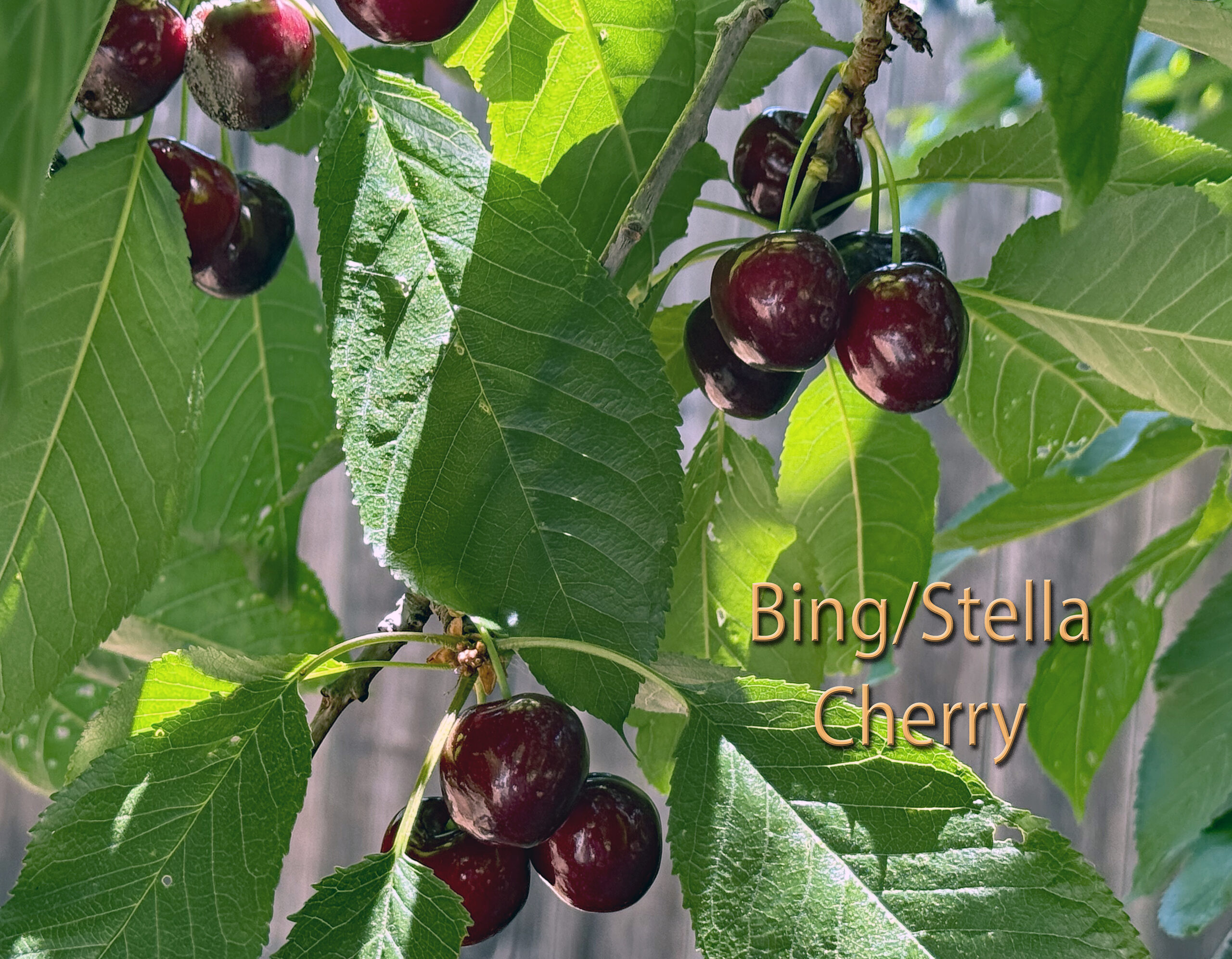
Question:
I have a young nectarine and cherry tree planted about ten feet apart. I realize I've planted them in the wrong spot. And to make matters worse, they're getting too much water because I've planted flowers underneath them. When can they be moved?Answer:
- I'm glad you caught the watering issue before it was too late to fix.
- Cherries, nectarines, along with apricots, peaches, and plums, do not thrive from the regular summer watering that often occurs when planting herbaceous and ornamental plants under their canopy. Asian pears, apples, standard pears, and all types of citrus are your best options, as they flourish with plenty of summer water.
- Young fruit trees are transplanted from late November, after sixty percent of the leaf drop, through mid-March. However, with citrus, you should wait until early spring when the danger of frost has passed.
- Cherries and nectarines have a branching root system, so the root ball needs to be rectangular, not necessarily square. I'd prune the trees first to reduce the canopy and make the move easier. The planting holes should be twice as large and eight inches deeper than the root ball, and they can be dug beforehand. The backfill should be amended with a fifty-fifty ratio of soil conditioner or homemade compost and native soil. The most critical step in transplanting is not to bury the root ball.
- I'd remove any excess soil to expose the first root and plant it, so this root is at or above the soil surface.
- In May, mulch the exposed roots to insulate them from the summer heat. Also, remember that the root ball will sink into the amended soil. In April or May,
- I'd apply an organic fruit tree fertilizer to encourage new growth. Starting in June, unless the rainy season ends early, water the trees once every two to three weeks through mid-September, depending on the temperatures.
- Each tree should have a six-inch-high watering basin extending from the trunk to the drip line. This basin should be filled to the brim several times each time you water.
- Since these trees are not showing any stress, the transition to a new location should have a high degree of success.
Question:
This spring, we planted a bed of purple rockroses, Cistus purpureus. Soon after planting, the gophers attacked them. The rockroses are still alive, with some plants looking healthy while others appear sad. What do we need to do to revive these plants?Answer:
- Saving damaged plants from gophers can be uncertain. It all depends on how much damage the roots sustained. There's a direct link between the roots and the top growth they support.
- Unfortunately, the growing season is ending soon, so you won't see much more this year.
- I'd trim off any damaged parts of the plants and wait to see what happens next spring when new growth appears. There is a good chance the remaining plants will recover.
